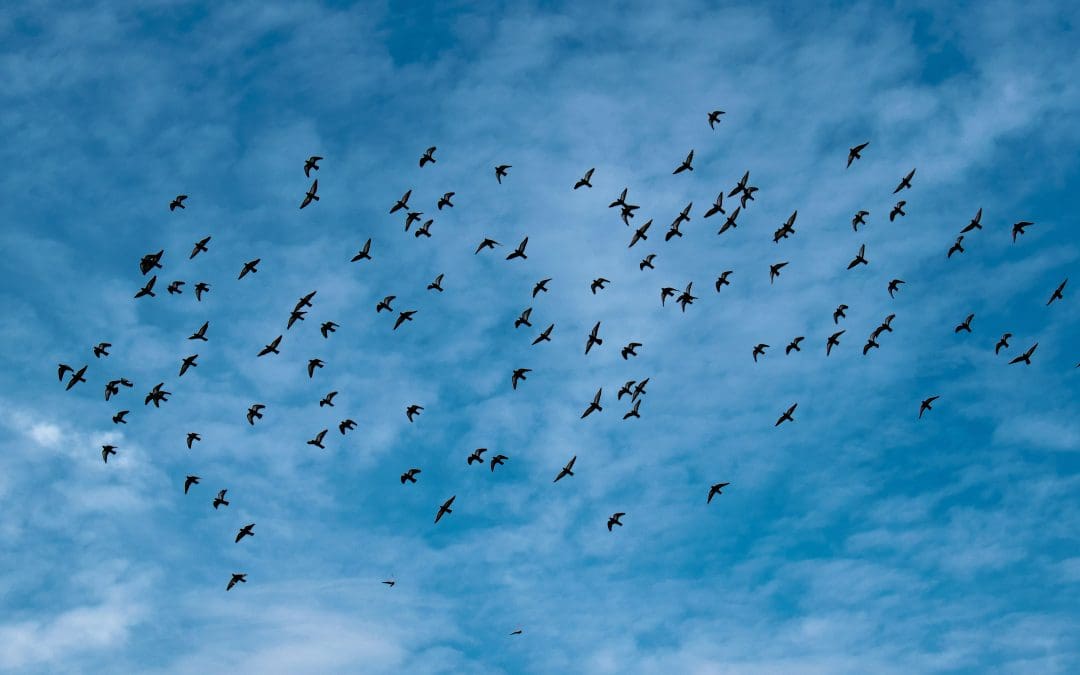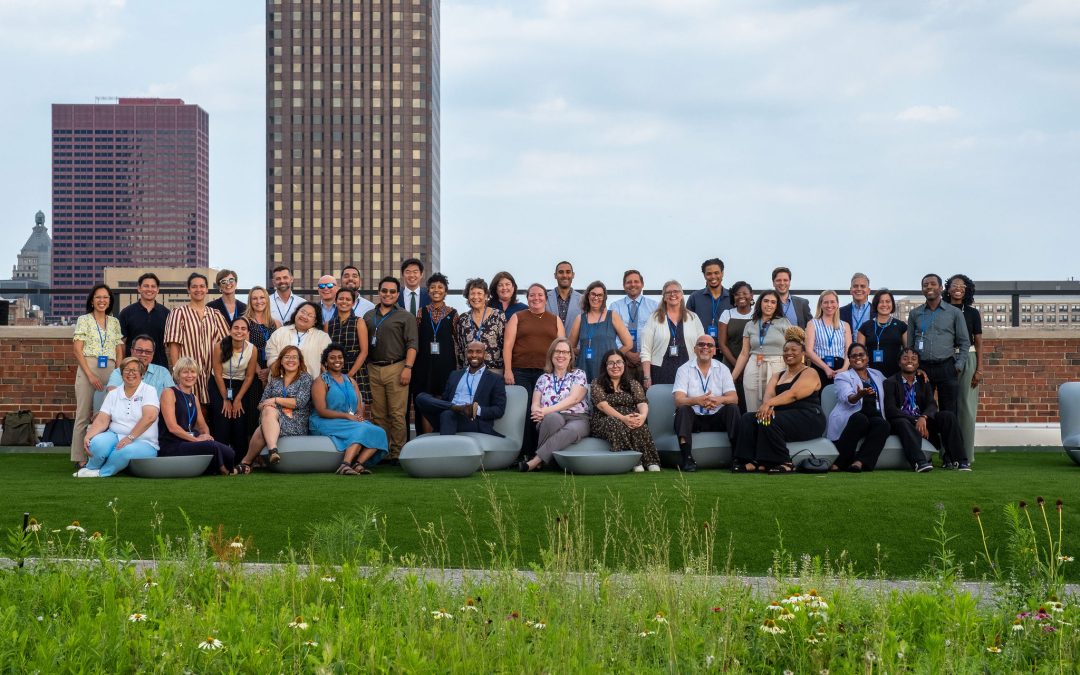Cities are feeling the pressure. Climate shocks, biodiversity loss, and shrinking natural resources are pushing urban systems to their limits. It’s clear we need to rethink how we build and the way we live with nature. Part of the problem is that ecosystems have long been treated as resources to extract from, rather than vital living systems we’re part of.
In this edition of Cities on the Frontline, we explored how renaturing cities—bringing nature back into urban environments—can help restore ecosystems, build resilience, and improve quality of life. This session highlighted how cities are embedding nature into urban planning through both high-level strategies and localized solutions.
Testimonies from cities in Latin America and Europe provided evidence on how biodiversity is being placed at the core of urban development by implementing strategies related to ecological connectivity and landscape integration, bioeconomy and citizen science. At the same time, identifying high-impact, localized solutions is key to putting these strategies into action. We also looked at regenerative agriculture as one example of how cities can use organic waste to close local loops, strengthen food systems, and support circular economies.
Through expert insights and real-world case studies we discovered that renaturing is both possible and essential for creating healthier, more livable cities.

Gara Villalba
Full professor, Dept. of Chemical, Biological & Environmental Engineering, Autonomous University of Barcelona
“Most of our food depends on fertilizers, and these depend on phosphorus and nitrogen, both of which are very resource intensive. Phosphorus is an unrenewable resource and at our current rate of extraction, some studies point to having enough phosphorus to last up to only 100 more years or so.”

María Angélica Mejía
Regional Curator, Latin America & the Caribbean, The Nature of Cities (TNOC)
“All these complex network of ecological processes in the end allow us to basically live in cities and also create different habitats not only for us, but also for other species that share the city with us.”

Leon Kapetas (Host)
Programs & Climate Resilience Lead, Resilient Cities Network
“It’s not only about the impact humans have within the city boundaries. The impacts on nature, urban lifestyles and infrastructure have far reaching effects on biodiversity, through water, energy, waste management services, emissions, global supply chains for food & materials, etc.”




